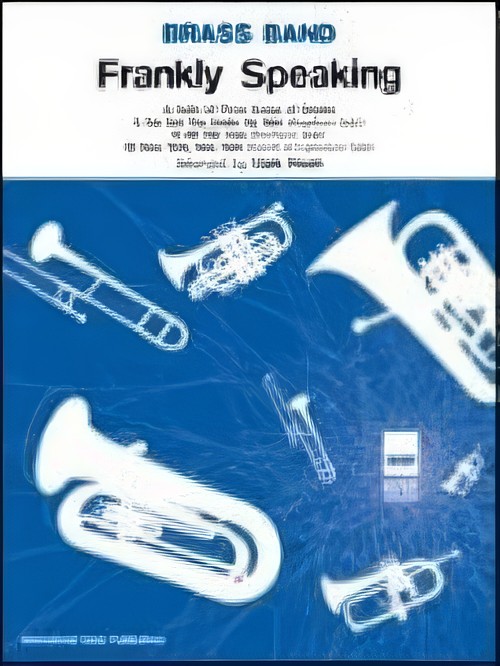Results
-
 £38.80
£38.80BATTLE ROYAL MARCH (Brass Band Marchcard) - Jewell, Fred - Woodfield, Ray
Duration: 1'53". Grade: easy. Recorded on OBRCD946 The Way we Were (Cory Band).
Estimated dispatch 7-14 working days
-
 £50.90
£50.90BEN (Brass Band) - Price, Dan
Grade: easy. Recorded on OBRCD946 The Way we Were (Cory Band).
Estimated dispatch 7-14 working days
-
 £54.20
£54.20CUBAN BOY (Brass Band) - Chacksfield, Frank - Smith, Sandy
Duration: 2'14". Grade: medium. Recorded on OBRCD946 The Way we Were (Cory Band).
Estimated dispatch 7-14 working days
-
 £54.20
£54.20FESTIVE BRASS (Brass Band) - Barry, Darrol
Duration: 3'21". Grade: easy/medium. Recorded on OBRCD946 The Way we Were (Cory Band).
Estimated dispatch 7-14 working days
-
 £54.20
£54.20FRANK SINATRA (Cornet/Brass Band) - Wormald, Christopher
Grade: easy-medium. Three solos for Cornet & BB. Includes: All the Way; Guess I'll Hang My Tears Out to Dry; I've Got You Under My Skin.
Estimated dispatch 7-14 working days
-
 £34.99
£34.99Frankly Speaking (Brass Band - Score and Parts) - Freeh, Mark
Mark Freeh's fine arrangement brings together three classic Sinatra songs in a suite for solo instruments and band: I've Got You Under My Skin (flugel solo), All the Way (trombone solo) and New York, New York (cornet or euphonium solo).Suitable for Advanced Youth/3rd Section Bands and aboveDuration: 5:00
Estimated dispatch 7-14 working days
-
 £54.20
£54.20MY FAVOURITE THINGS (Cornet Quartet with Brass Band) - Rodgers, Richard - Woodfield, Ray
Duration: 2'37". Grade: medium. Recorded on OBRCD946 The Way we Were (Cory Band).
Estimated dispatch 7-14 working days
-
 £54.20
£54.20NIMM DIR CHLI ZYT (Take a Little Time) (Brass Band) - Walter, Christoph - Smith, Sandy
Duration: 3'09". Grade: easy/medium. Recorded on OBRCD946 The Way we Were (Cory Band).
Estimated dispatch 7-14 working days
-
 £75.90
£75.90VICTORY! (Brass Band) - Moren, Bertrand
Duration: 6'27". Grade: medium/advanced. Recorded on OBRCD946 The Way we Were (Cory Band).
Estimated dispatch 7-14 working days
-
£33.00
Christmas Music No. 11 - Wadsworth, G
Hail, Bright ChristmasFollow OnWith Cheerful HeartsThe Way is ClearIncludes a full band set (no score)
In Stock: Estimated dispatch 1-3 working days
